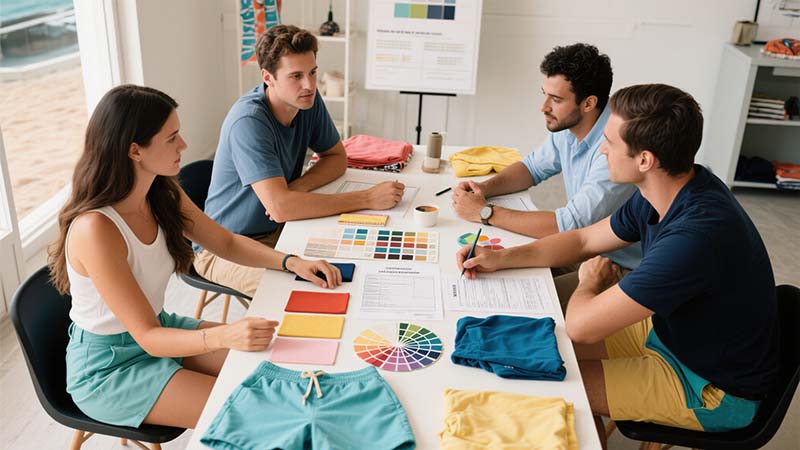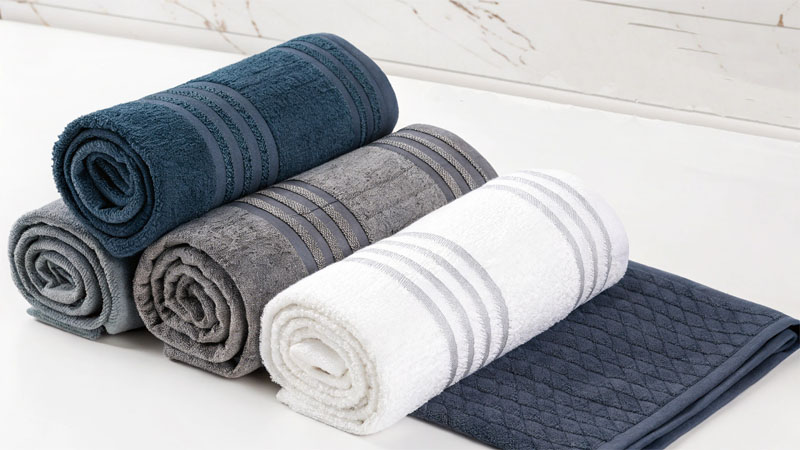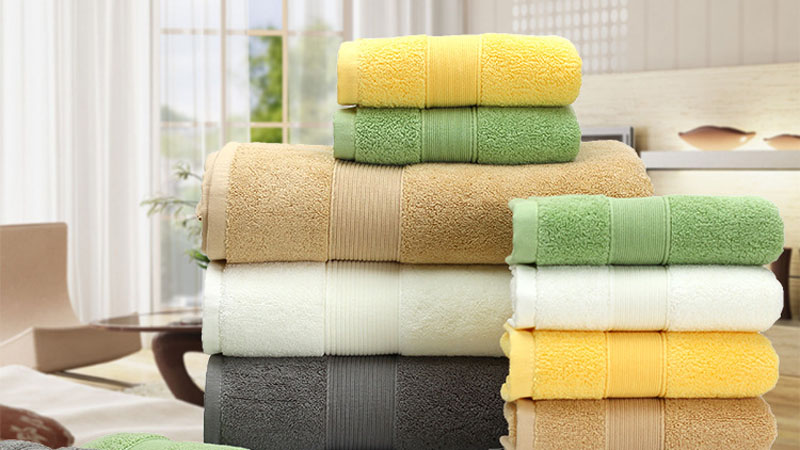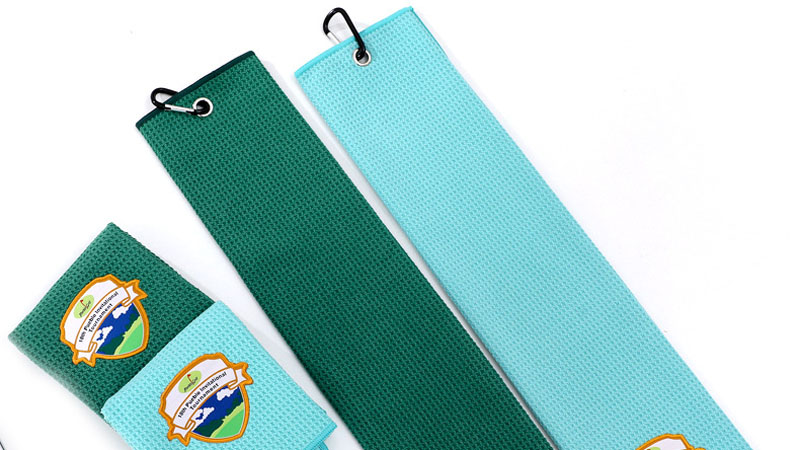
Finding the right manufacturer for your custom board shorts can feel overwhelming—but trust me, once you know what to look for, it becomes a lot more manageable. I’ve been there.
To choose the right manufacturer for your custom board shorts, start by defining your brand’s specific needs—like target market, budget, and design goals. Then, evaluate potential partners based on their specialization in board shorts, fabric sourcing, sample quality, customization range, quality control processes, and communication. References and past client feedback are also key.
Let’s break this down step-by-step, the same way I did when I was starting out.
Define Your Brand’s Needs First
Start with the big picture: who you're serving and what kind of product you want to offer.
You should clarify your target demographic (surf, skate, resort, lifestyle, etc.), intended price range (premium vs. entry-level), desired order volume, preferred lead time, and level of customization (from fabric type to custom packaging).
For example, a surf-focused brand needs functional shorts with stretch and durability, while a resortwear line might care more about prints and premium finishes. Knowing this upfront helps you match with the right manufacturer—and avoids costly misalignment later.
Look for Specialized Experience in Board Shorts
Board shorts are a niche product. Treat them like one.
Choose a manufacturer with at least 3–5 years of hands-on experience making board shorts. Ask for proof of past work, including the types of clients they’ve worked with and specific product specs they’ve handled.
A manufacturer who knows board shorts will have:
- Mastery of flatlock stitching and bartack reinforcements
- Knowledge of gusset placement and inseam paneling
- Experience with non-stretch waistband construction
- Familiarity with hybrid shorts (land-to-water)
This isn’t something you want someone “figuring out as they go.”
Evaluate Fabric Sourcing Capabilities
Your fabric is your foundation—don’t cut corners here.
Confirm the manufacturer can source a variety of fabrics, including 4-way stretch polyester, recycled PET, nylon blends, and quick-dry materials. Check if they offer water-repellent coatings, UV protection, or sustainable alternatives.
I usually ask to see:
- GSM (fabric weight) options between 130–180gsm
- Print method compatibility (sublimation, screen, digital)
- In-stock vs. custom-ordered fabrics
- Certifications (OEKO-TEX, GRS, etc.)
If they can’t provide clear info on these, I know they’re not truly equipped.
Review Sample Work & Customization Options
This is your brand’s personality—expressed in thread and ink.
Make sure the factory supports full customization: choice of waistband types, drawcords, pocket placement, branded trims, custom labels, hangtags, packaging, and printing techniques. Ask to see sample packs that demonstrate these options.
A few customization features I always look for:
- Welded hems vs. stitched
- Velcro or zipper fly options
- Custom woven labels (brand, care, size)
- Waistband heat-pressed logos
Even small tweaks can elevate your product from “generic” to “distinctive.”
Understand Their Quality Control Process
Quality is what your customer remembers. Or complains about.
Ask the manufacturer for a documented QC process. What’s their inspection flow? Do they check raw materials, conduct in-line inspections, and do final random sampling (AQL standards)?
A legit factory should have:
- Clear checkpoints for each stage (fabric, cut, sew, finish)
- Dedicated QA personnel
- AQL standards (usually 1.5–4.0 depending on product risk level)
- Options for third-party inspections if needed
If there’s no system in place, expect inconsistencies.
Communication & Support Are Non-Negotiables
Great products come from great partnerships—not just good sewing.
Choose a manufacturer who provides a dedicated account manager, clear communication in your preferred language, and project updates at each stage. Bonus if they use project management tools like Trello or Slack.
Here’s my personal checklist:
- Replies within 24–48 hours
- Clear spec sheets and tech packs
- Willingness to video call and screen share
- Openness to problem-solving during sampling
This saves you from the nightmare of last-minute issues with zero support.
Ask for Client References or Case Studies
You’re not the first person they’ve worked with. So check their track record.
Ask for specific case studies: how they helped a client scale, launch a collection, or pivot in a crisis. Reach out to those clients if possible. Look for feedback on delivery reliability, post-sale service, and product consistency.
A good manufacturer will want to show this off. If they dodge the request? Red flag.
I once asked for a case study from a factory and they sent over a PDF showing how they helped a resortwear brand grow from 300 units to 10,000 across three seasons. That told me a lot more than any sales pitch ever could.
Conclusion
Choosing the right board shorts manufacturer isn’t about picking the cheapest or fastest option—it’s about finding the right fit for your brand. Take your time, ask smart questions, and remember: the right partner will make your journey 10x smoother.
.png)







-1024x337.png)